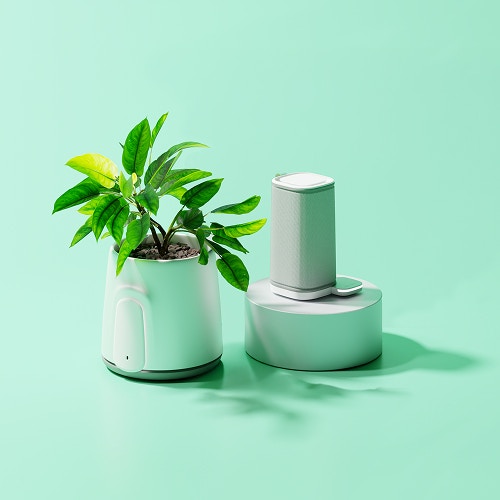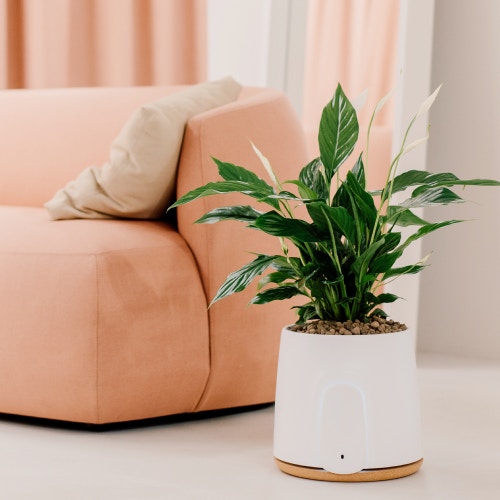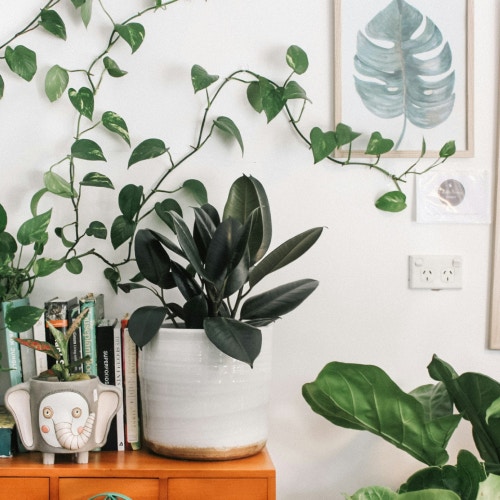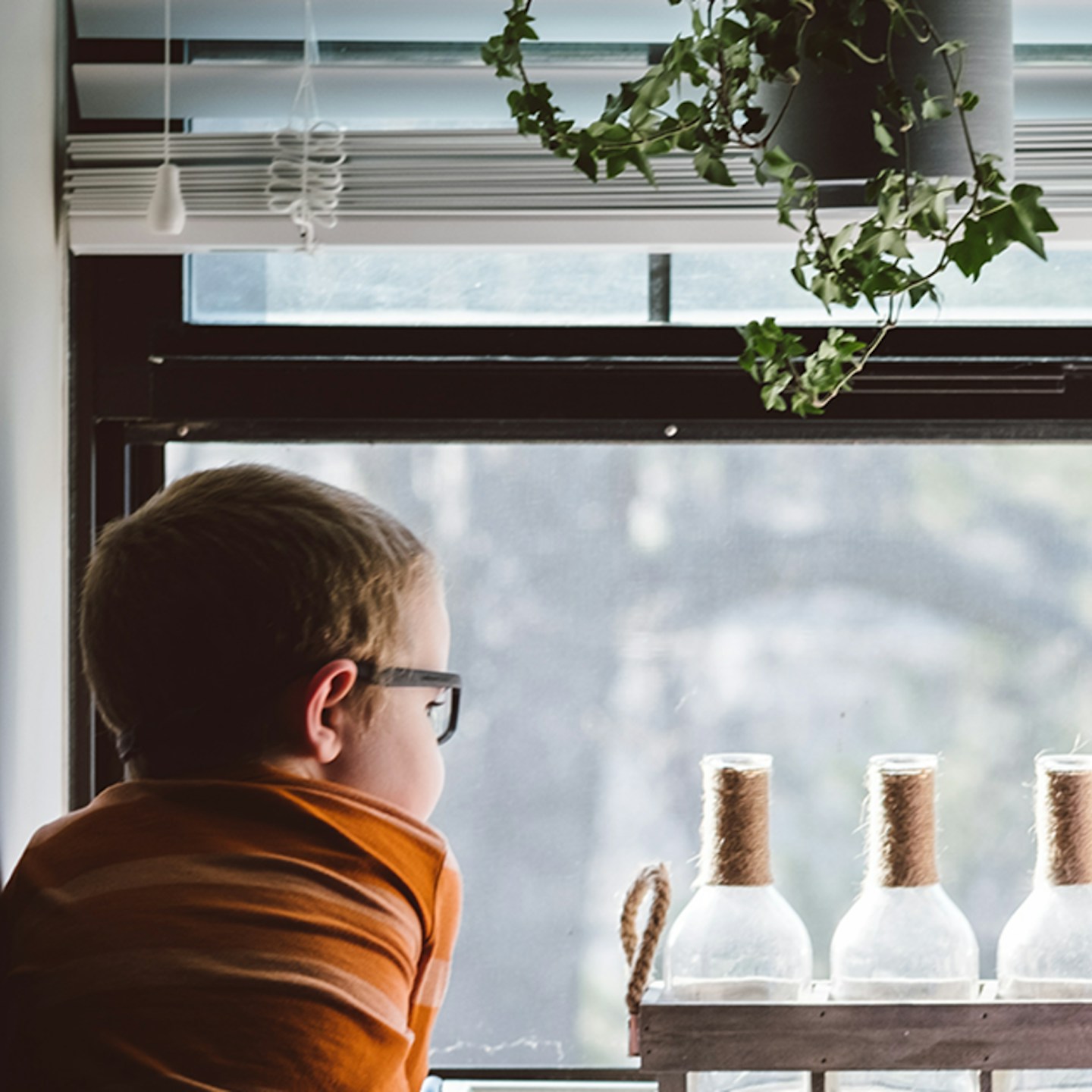
Indoor air pollution and its effects on children
→
Air pollution is probably one of the biggest concerns for parents. As it may lead to lots of different diseases such as asthma, allergies or cancer.
There is an invisible enemy that threats us and our beloved every day indoors: 600 thousands of children worldwide under 5 years old die from air pollution.
Air pollution is probably one of the biggest concerns for parents. As it may lead to lots of different diseases such as asthma, allergies or cancer. The situation drops even more at home, where there are more than 60 sources of indoor air pollution that spread in every room leading to indoor air up to 5 times more polluted than outside as WHO stated.
How does indoor air pollution affect children's health?
Did you know that our houses produce naturally toxic agents that propagate through the air? From the ’50s due to new regulations for temperature, heating, and conditioning, buildings have become airtight. If pollution can’t go out it stays indoor and jeopardize us becoming even more critical for children.
As they are in a rapidly developing, children are more susceptible than adults due to their rapid growth and development. Their defenses are less efficient, barriers are more penetrable and the detoxification path isn’t fully developed. Moreover, children breathe more than adults in relation to their body mass and are closer to the ground, so they inhale a greater quantity of pollutants.
Even in utero despite they are protected in the womb, fetuses may develop problems on the respiratory, cardiovascular and endocrinal system. Several studies have also found out that this may bring to growth retardation, low birth weight, prematurity, and infant mortality. Read the full report from WHO. Poor indoor air quality affects also the brain and the way people learn: the struggle on learning the basics in school can be releated to it.
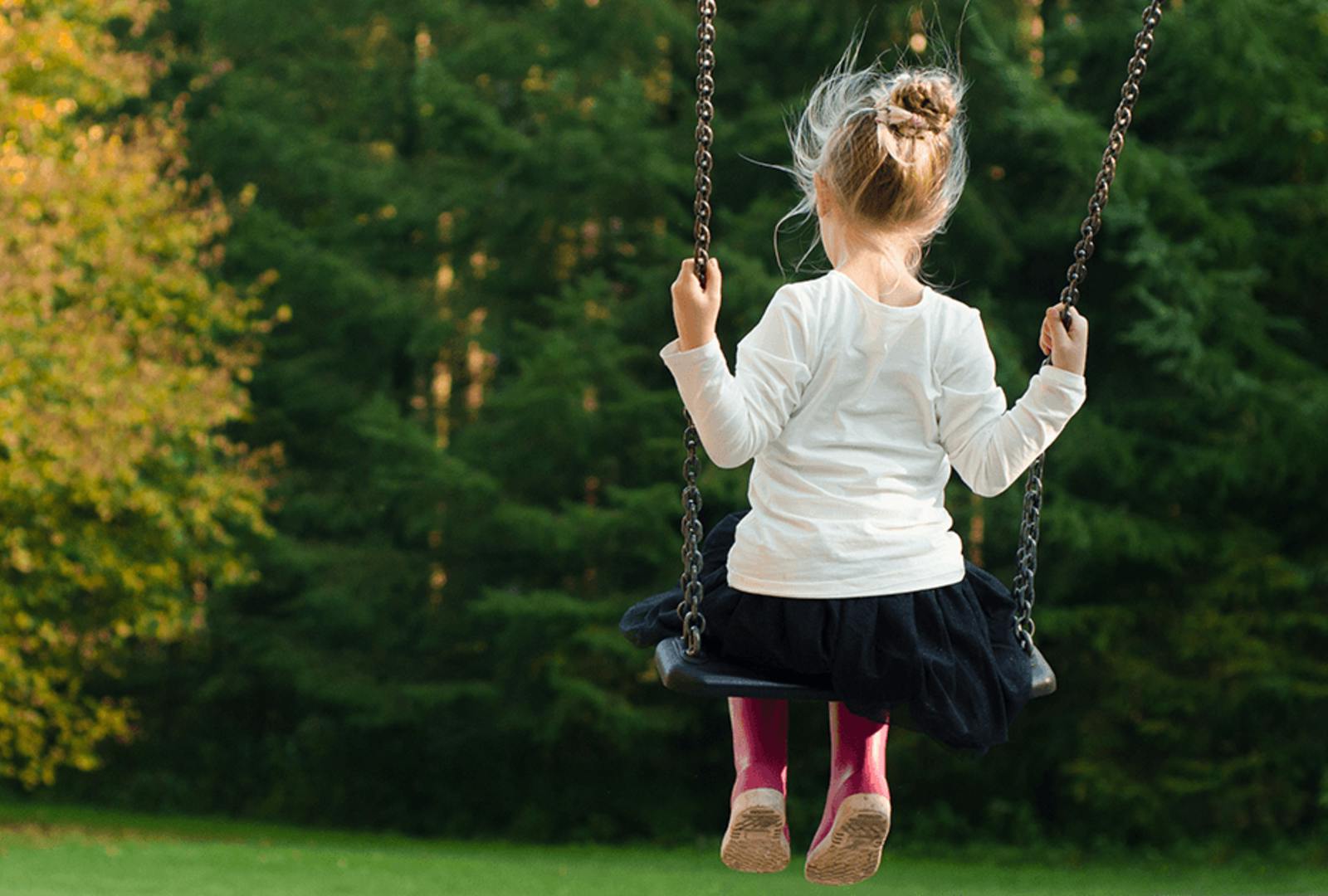
Benefits of a healthier environment on children's health
Living without or with a fewer concentration of pollutants can bring huge benefits, especially for children. Air for the child’s brain is like the nourishment we give to a little plant. If it is good it grows fast, with green leaves and beautiful flowers. If it is polluted, leaves become brown and the plant may develop critical problems. In addition, breathing healthier air for children means also less school absenteeism and a significant improvement in their brain capacities.
It is also good for their sleep. As all parents know, it promotes growth, boosts learning, increases attention span and reduces injury risk. All of the points written before lead to a longer, healthier and happier life for children. It’s even more important indoors, as we spend up to 90% of our lives at school, home and office.
“As air quality improved, the children in the study suffered fewer bronchial symptoms whether they had asthma or not. In communities where the air quality improved the most, the children experienced even fewer symptoms".
A parent’s priority is to protect children from dangers. But how you can do it from an invisible enemy that is mostly everywhere and according to WHO 92% of the world population breaths pollutants exceeding limits? Read here the full article about WHO releases country estimates on air pollution exposure and health impact.
Not only parents and teachers, everyone has a role to play for the improvement of children’s future by putting our effort into reducing pollution both indoors and outdoors.
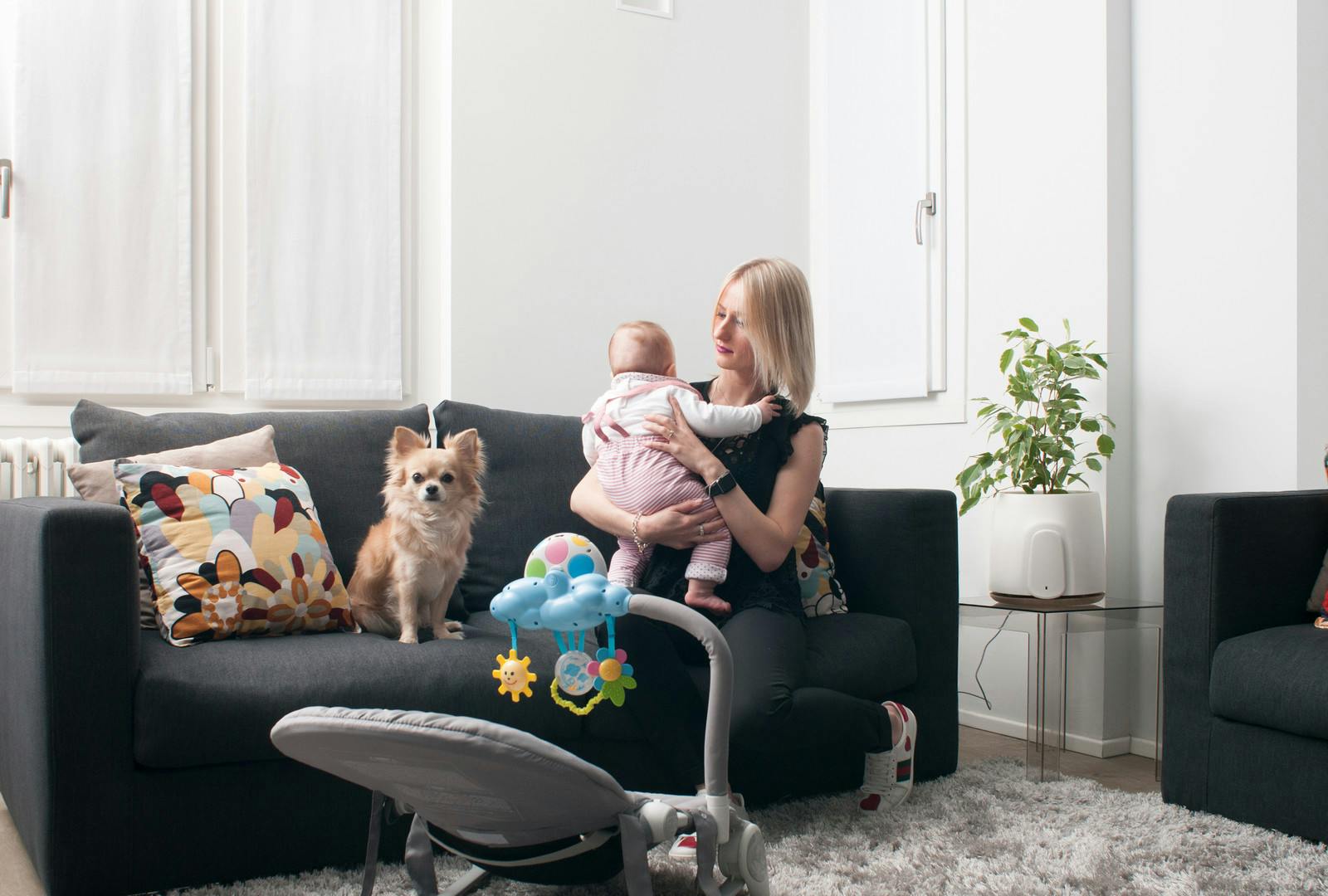
The smart solution to indoor air pollution
Our air purifiers help you safeguard your children thanks to nature. Natede eliminates up to 93% of the indoor air pollutants thanks to the power plants and a groundbreaking tech core. You can monitor the air quality, humidity, and temperature of your home even if you are at work thanks to your smartphone’s app.
It’s more than 3 years that we have been testing our products and technologies with our main partners PNAT and LINV. Two of the most prestigious research labs on plants neurobiology in Europe. They proved the effectiveness of our system and work hand-in-hand with us to improve our products.
